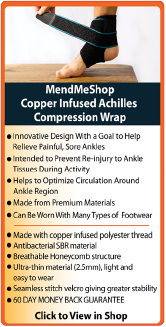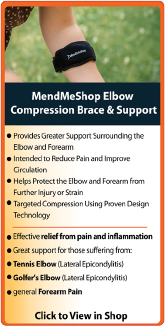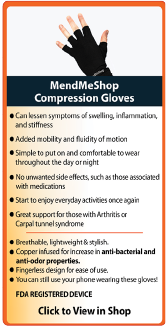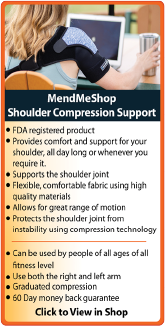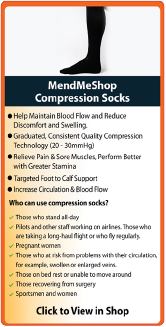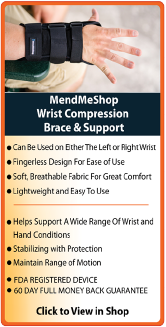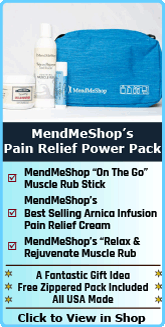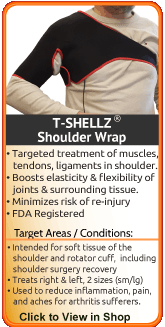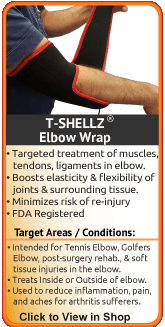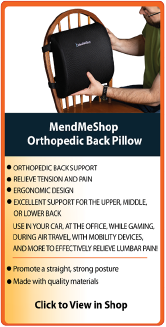|
| What Are Trigger Points?The consensus is that trigger points cause pain more often than any other condition and are drastically under-diagnosed due to lack of information. Trigger points are specific, hyper-irritable and hypersensitive areas in muscle that suffer from decreased circulation, increased contraction and spasm. Lack of circulation creates a high anomaly of toxins and increased nerve sensitivity that can range from low ache to sharp pain. Now just because the trigger point causes the pain does not mean that the spot is painful itself. When the pain causing spot is painful, it is called a primary trigger point. However, pain can also manifest itself in areas away from the active trigger point - such pain is called referred pain. A significant trigger point nodule can often be noticed as a small lump in the muscle, usually no larger than a pea. Less substantial trigger points are not so noticeable by a lump, but are easy to find anyway - just search your own muscles for the spots that feel most tender; they will transmit pain pain when you press on them. You may not be able to locate a trigger point by feel, but it will always hurt when you press on it. The Supraspinatus Is The Most Commonly Injured Rotator Cuff Muscle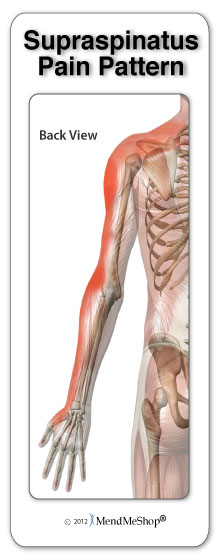 Healthy muscle fiber is neither contracted nor stretched when at rest. When contracted the muscle fiber is closer together and when stretched, it's further apart. In a muscle that is causing trigger point pain, the fiber develops a knot and is in a constant state of contraction. The fiber around these knots is stretched by the excess tension and the muscle fibers become tighter. With the continuous contraction, blood flow is slowed to a stop in the trigger point area and essential oxygen and nutrients are prevented from reaching the muscle tissue. Toxins and waste build up in the muscle and you will experience pain, tension, irritation, and spasm. It is not uncommon to find a "taut band" of muscle stemming from an advanced trigger point; this taut band will feel much like a small cable. These taut bands extend from the trigger point outward and can be mistaken for a tendon, and it is these taut bands, brought on by trigger points, that keep your muscle in a state of tension. Taut bands that are found in shoulder muscles are directly attributable to lack of shoulder movement. The bad news is that left untreated, the trigger point will worsen and the taut band will become more taut, freezing up your shoulder joint more and more. To free up your shoulder mobility, it is hugely important to:
Trigger Points and the Rotator Cuff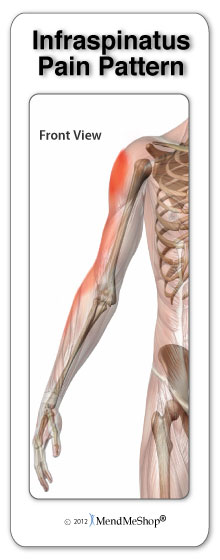 Within the physical therapy arena, one of the classic resources for Kinesiology (the study of movement and the way muscles cause movement to occur) reference is Brunnstrom's Clinical Kinesiology (Smith, Weiss, and Lehmkuhl 1996); much of the following information on this page will stem from this book. Though much of Kinesiology is focused on movement, it is also concerned with the myriad of factors that limit the function of muscles. As you may or may not know, many shoulder problems will occur because one or more of the 24 muscles associated with the shoulder are not functioning properly. Trigger points within the muscle tissue affect muscle function negatively, and the most important effects of trigger points are as follows:
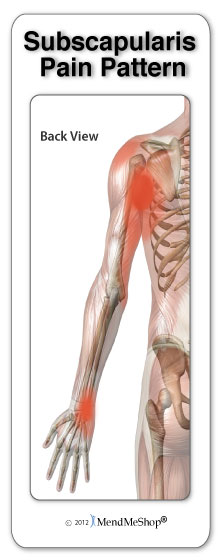 The reality about rotator cuff injuries is that they often start slowly and gradually worsen to the point where the pain from the injury reduces your range of motion, eventually "freezing up" the shoulder joint. Once the shoulder is immobile, adhesions start to develop essentially locking your shoulder into place. In the opinion of some doctors* the first step in treatment is to get rid of the trigger points that reside within the muscles associated with the problem shoulder. The sooner the trigger points are treated, the better chance there is to keep adhesions forming in the shoulder joint. Trigger Point TreatmentThe good news is that nearly all muscles attributed to shoulder immobility can be treated with the Shoulder TShellz Wrap. A blood circulation boost device with a warming temperature effect can be a very powerful tool to help eliminate trigger points. Directly below you will find some summarized points from Chapter 9 of "Therapeutic Heat and Cold", 4th edition.
Your massage therapist can certainly help with trigger point massage, but if you are treating your shoulder at home with the Shoulder TShellz Wrap® multiple times per day, it is our opinion you will have a greatly improved chance of getting rid of your trigger points (and subsequently increase the range of motion in your shoulder). In some situations, trigger points in the back could be the cause of shoulder immobility; if you are certain that the underlying problem is in the upper back area, we recommend the use of the Back TShellz Wrap®. Stretching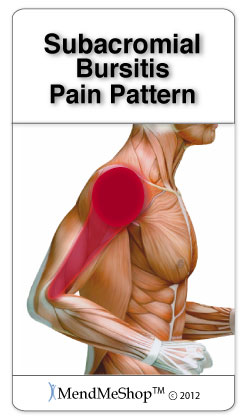 A stretching routine can undoubtedly lead to a successful outcome for many patients. However, there are times that many people in pain simply cannot tolerate stretching. When pain levels are high and your muscles are too taut, stretching may actually aggravate your injury. In cases such as this, an option would be to first minimize your pain using trigger point massage and TShellz Wrap® home treatments until you can reach a point where you start some moderate stretching without the pain. If you find the stretching aggravates the problem, stop stretching and just continue with the massage and TShellz Wrap® treatments. Combined with a stretching routine, the Shoulder TShellz Wrap is any effective treatment product for trigger points. Successful treatment of trigger points will increase shoulder range of motion and reduce the likelihood of a worsening rotator cuff injury. However, know that no amount of treatment will help with complete detachment cases of rotator cuff tears. If muscles or tendons are severed, a Cold Compress or Ice Pack and TShellz Wrap can help manage your pain and inflammation, but surgery will be required for recovery. Symptoms of Trigger Point PainThe trigger point spot will usually become more tender or sting when you push on the spot and the referred pain will increase in intensity. Other symptoms include:
Examples of Possible Causes of Trigger Point PainTender trigger points typically develop from lack of stretching and/or improper stretching but can also be caused from stress/trauma, repetitive motion or even poor posture. Other common causes are: 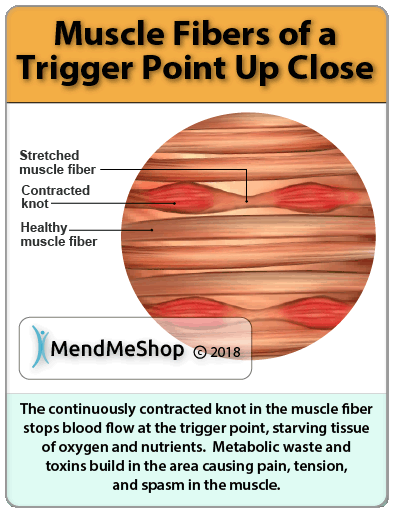
Reduced circulation in trigger points will eventually lead to muscle shortening and restricted movement which further accentuates the pain, thus completing a cycle of decreased mobility and further pain. This commonly becomes the underlying cause of adhesive capsulitis, chronic shoulder immobility and even chronic headache pain. The patient will typically continue to suffer from these ailments for long periods until the problem trigger points are treated directly. Mild Trigger Points can be addressed sometimes through massage and some sufferers maintain that acupuncture treats these problems as well, though it is not accepted by many medical institutions. Permanent removal of chronic trigger points and conditions caused by this (headaches, lack of flexibility in shoulders and neck, upper back pain, etc.) typically requires treatment using massage and Circulatory Boost. Treating Trigger Point Pain - What You Can Do!If you have shoulder and rotator cuff pain caused by tense, constricted muscles - use a TShellz Wrap® for your trigger points. Trigger point pain is caused by constricted muscle fibers that form knots, and eventually cause a buildup of toxins in the area. The trick to getting rid of this pain is loosening the knots to release the constricted muscle fibers. This will allow blood to flow through the fibers once again, bringing the vital oxygen and nutrients required for healthy tissue. An effective and pain-free way to loosen the knots is through a warming therapy such as the TShellz Wrap. In addition, you want to get your muscle tissue back in the best possible condition you can. To do this, it is important to treat the scar tissue that forms in the muscle when the damaged tissue begins to heal - something our Circulatory Boost wraps intended for. Even with optimum healing, there is always less elasticity in previously injured muscles fibers. However, if you heal your trigger point pain properly and treat scar tissue build up, your chance of chronic trigger point pain and shoulder conditions later on is much lower than average. If you would like to learn more about trigger points and their relation to the rotator cuff and general shoulder joint immobility, then do not hesitate to contact a AidMyRotatorCuff Advisor immediately by phone or email. Click HERE to Go To Our Online Store We take all major credit cards and Paypal. Product specialists are available 9:00 am to 5:00 pm Eastern Standard Time Monday to Friday. If any question or concern arises, call us or simply send us an email at any time (we check our emails constantly all throughout the day and night.. even on holidays!). We will respond as soon as possible. North America Toll Free 1-866-237-9608 |
|

